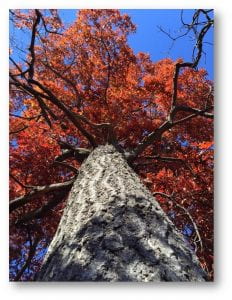During our Interactive Qualifying Project (IQP), in collaboration with Mass Audubon, we worked to identify, map and blaze a nature trail from the Broad Meadow Brook Wildlife Sanctuary to the new Blackstone Valley Visitor Center. By creating a physical connection between these two locations, residents of the Worcester area will be able to experience nature in a unique way.
| Sponsor | Student Researchers | Goals and Objectives | Executive Summary | Final Report and Video |
Project Sponsor: Mass Audubon
Mass Audubon is a non-profit Massachusetts-based conservation organization that seeks to educate the general public on statewide environmental issues. Since its founding in 1896, Mass Audubon’s mission has always been “to protect the nature of Massachusetts for people and for wildlife” (Mass Audubon, 2015). The Broad Meadow Brook Audubon Sanctuary, is the largest urban wildlife sanctuary in New England comprised of over 400 acres. Broad Meadow Brook Sanctuary is a beautiful place where visitors have gotten to know nature on a profound level ever since the sanctuary’s founding in 1991. You can visit Mass Audubon’s website here.
Student Researchers
Our IQP team was comprised of: Michael Harney, Connor Kurtz, and John Mulready.
 Goals and Objectives
Goals and Objectives
The goal of our project was to Global Positioning System (GPS) map and propose a trail connecting the existing trail network at Mass Audubon’s Broad Meadow Brook Wildlife Sanctuary to the site of the future Blackstone Visitor Center and identify key points along the trail where educational components interpret historical and environmental information to trail users.
Phase 1: Understanding Broad Meadow Brook Trail Users
Objective 1: Identify our Target Demographic
Objective 2: Assess Current Trail User Perspectives
Objective 3: Connect with Surrounding Schools
Objective 4: Determine the Most Feasible and Effective Trail-based Education Method to Implement at Broad Meadow Brook
Objective 5: Develop Educational Material to Use along the Trail
Phase 3: Trail Creation
Objective 6: GPS Map Ideal Trail Route
Objective 7: Identify Landowners Adjacent to Trail Path
Objective 8: Present Our Findings to Mass Audubon
Objective 9: Blaze the Trail



